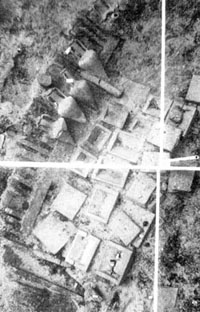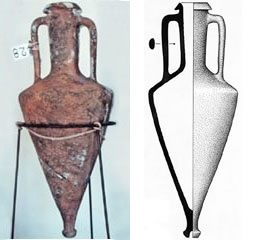Kyrenia Cyprus |
Analyzing the Evidence
After many years of analyzing the cargo, crew’s belongings, and ship’s timbers, composing the final publication of the Kyrenia wreck began under the supervision of Susan Katzev and her colleagues. Despite the long time spent studying all the evidence, questions remained:
- how and why did the ship sink?
- how was the cargo arranged in the hold?
- what happened to the ship’s hull as the vessel hit the bottom dispersing its contents?
These questions could not adequately be answered, they reasoned, by traditional archaeological interpretive or visualization methods.
It is unusual in shipwreck archaeology to have such an old ship survive so completely, with so much of its cargo still nicely dispersed amongst the surviving timbers. Could there be clues there to help researchers determine not only the original arrangement of the contents, but also what happened to the ship when it crashed into the seabed, breaking apart and scattering its cargo? Most so-called amphora wrecks are just that, wreck sites marked by the piles of ancient pottery, but containing little or no evidence of the ship that carried them.
Why So Well-Preserved??
Reference
Page Created: October 5, 2004
Page Updated: December 27, 2011
URL:
Page Author: The Institute for the Visualization of History

